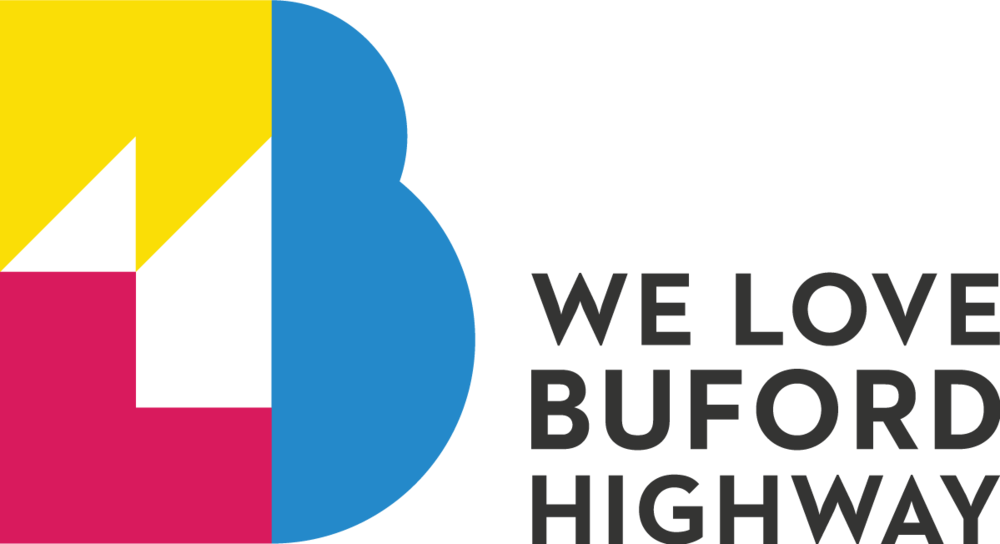October 12th, 1492 was one of the dates I was proud to remember as a child. When teachers asked about Cristopher Columbus, I’d blurt out October 12th, 1492 with excitement, and images and songs of La Pinta, La Niña and La Santa María (the three most famous boats in history) accompanied my childhood memories of school projects and performances.
To think of my childhood excitement about those three boats now is sad, and realizing the extent to which my elementary school education hid the truth behind this date is even more embarrassing, considering I grew up in countries whose histories trace back to the most important empires of the continent, the Incas, and the Mayans.
As a Latina woman, I have spent the past five or six years of my life reconciling the narratives I internalized as a young girl with my present as a young woman in the United States. These narratives I try to deconstruct every day of my life sometimes feel like gigantic abstractions but they are, in fact, expressed daily through systemic forms of oppression that have led me to internalize misogyny, shame and guilt around sexuality and most importantly, have led me to internalize colonialism. Countless books, classes, essays, conversations, and moments of reflection later, I still have to wake up today, on October 12th, 2020 and see that my phone has a big, yellow, bold event that reads: Columbus Day.
Hating on Christopher Columbus is not the point, but questioning why my 2020 Samsung A50 still celebrates Christopher Columbus is. Although many countries have shifted their language around this day and now celebrate Indigenous People Day, Day of the Race, or Day of Indigenous Resistance, Columbus Day still shows up on social media, calendars, and conversations today.
October 12th, 1492 is an important date to me now, for different reasons than when I was six or seven years old. It was a day that marked the beginning of the colonization of the Americas, the beginning of a transatlantic slave trade, and the decimation of 55 million indigenous people due to diseases brought by the Europeans—what some historians consider the greatest genocide in the history of man.
528 years later, some people still celebrate Columbus Day. But the narrative is more complicated than that, don’t you think?
I write this reflection out of respect to my own heritage, and out of necessity too. Why? Because the road towards complete and absolute emancipation from internalized colonialism is long and arduous; it is treacherous and amorphous but it is important, nonetheless. And it starts with conversations like this one. Conversations we might choose to have with others, or conversations we simply need to have with ourselves.
In memory of the 55 million lives lost in the 16th century I am here today to celebrate my indigenous heritage, my indigenous resilience, and my indigenous tenacity. My dark skin, my ebony black hair, and my dark brown eyes are only a few testaments to my origins, but there a million ways for all of us to celebrate Indigenous peoples every day. For now, we can choose to join this conversation to hopefully make October 12th more comprehensive, more complex, and more nuanced. Let’s start by straying away from the reductive narratives I was told when I was only a little girl.
For your delight, here are four pictures highlighting only some of the most beautiful and culturally rich ethnic groups around Latin America. (In order from left to right: The Colombian Wayuu and their courtship dance, three Mayan women in Guatemala, a tribe leader of the Kuna Yala people in Panama, and children of Incan descent in Perú).

